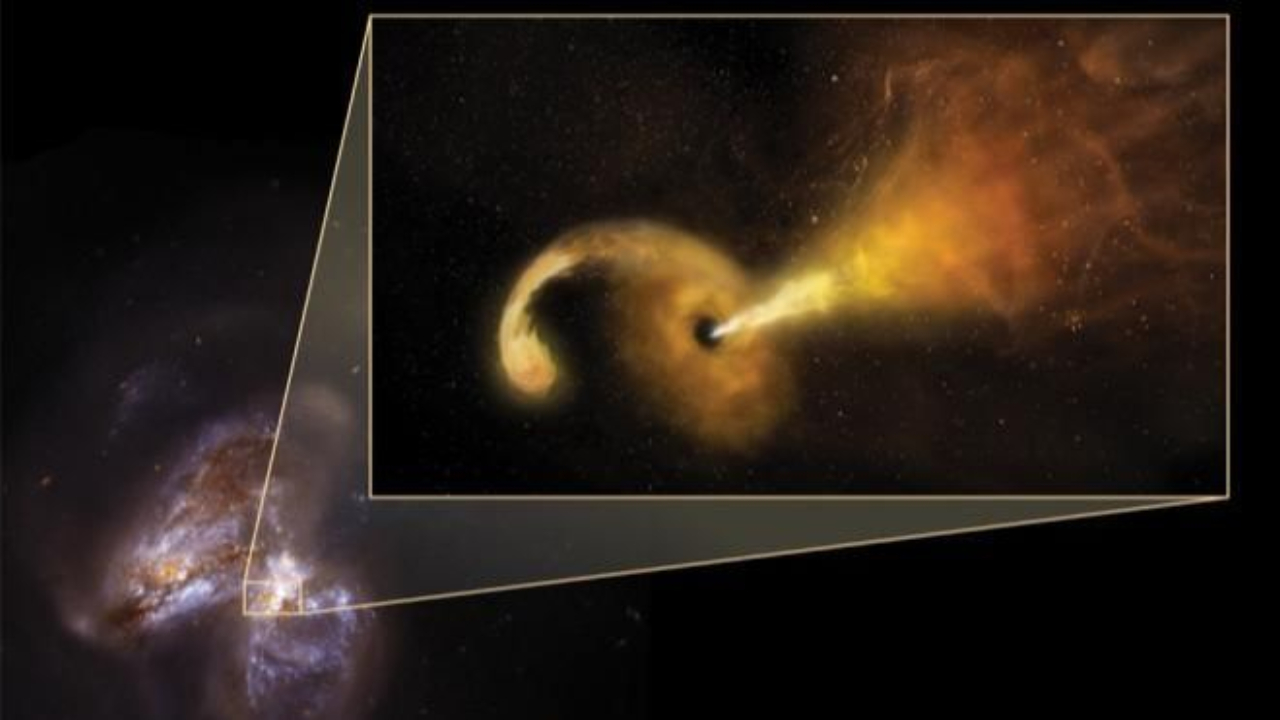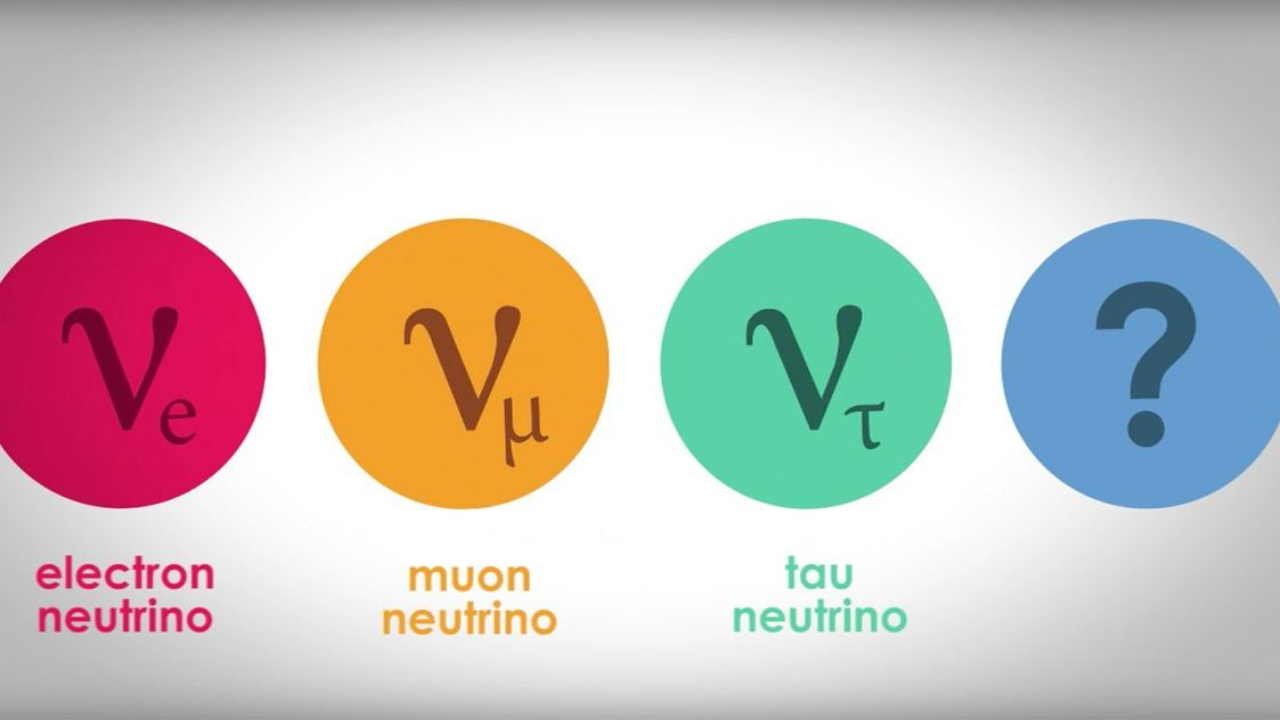Science News
& Faculty Articles
A Dive into the Thermodynamic Aspects of Quantum Computation

Source: QuantumComputingInc
By Amal Pushp, Affiliate Physicist at the Resonance Science Foundation
It is quite conventional that the working of classical computers is affected immensely by heat and one might have come across this situation in their lives when their computer failed to function properly due to excessive heating.
But what about quantum computers? Do thermodynamical factors influence the workings of a quantum computing device? Well, the answer is yes, quantum computers operate using quantum bits or qubits that essentially are in a superposed state exchanging information in binary code. An interesting fact about qubits is that they not only exchange information using 0 and 1 but also intermediate values between 0 and 1. These qubits are very sensitive, in that excessive heat generation could cause work-related defects which in a sense can cause harm to the device as a whole. Another crucial point is that in order to retrieve significant information...
Black Hole Devouring Encapsulated Star Resembles a Torus-shaped Dynamics

Credit: Sophia Dagnello, NRAO/AUI/NSF; NASA, STScI
By Amal Pushp, Affiliate Physicist at the Resonance Science Foundation
A black hole by its own intrinsic nature has an extremely strong gravitational attraction and the intensity of which is primarily decided by mass as well as the nature of the astrophysical object that was crushed to form the respective black hole. In other words, the gravitational pull of a black hole is directly proportional to mass. Although the initial formation of a black hole results in a fixed mass, which principally depends on the mass of a star during its end stage, it continually grows in size by devouring stellar systems and other astrophysical objects floating in its vicinity.
Moreover, considering the black hole area theorem propounded by Hawking, the overall area of a black hole can never decrease so considering the classical scenario wherein it merges with another black hole, the area would always increase as the two black holes would form a single...
Attosecond-Scale Research Elucidates Dynamics of Spin-Dependent Quantum Tunneling Through Chiral Molecules

Experiments directly on tunneling ionization dynamics have discovered that electrons will behave differently when quantum tunneling from a molecule depending on the molecule's chirality (chirality refers to the “handedness” of non-superimposable stereoisomers of a molecule, the same way a left hand cannot be superimposed over a right hand, even though they are mirror images of each other). The projection of electron spin onto its momentum direction, called spin-orbit coupling, strongly affects the tunneling probability between chiral molecules of the biological system. This phenomenon of electron conduction being enhanced by an electron’s spin orientation is known as chiral-induced spin selectivity (CISS). Previous studies had shown that the helical geometry found in many biomolecules, like DNA and alpha helices of proteins, induces robust spin filtering accompanied by, and intimately related to, strongly enhanced transmission, and now new research investigating...
Quantum Harmonic Oscillator Behavior at Room Temperature

(Left) the trapped quantum fluid as seen under a microscope and (right) the shapes of the individual harmonic oscillation states of the quantum fluid when the fluid is trapped in a dip in the intensity of the laser beams (dashed line). Credit: Nature Communications (2022). DOI: 10.1038/s41467-022-34440-0
By Dr. Inés Urdaneta, Physicist at Resonance Science Foundation
We are used to the notion of classical harmonic oscillators; these are oscillators fluctuating coherently -this is, symmetrically- around their equilibrium position, experiencing a restoring force F proportional to the displacement x (as F = -kx, being k a positive constant commonly known in the mechanics of ideal springs).
If F is the only force acting on the system (which means there is no friction with the environment) the system is called a simple harmonic oscillator, and it undergoes a sinusoidal oscillations about the equilibrium point, with a constant amplitude and a constant frequency that does...
Modified Theories of Gravity may be Replacing Dark Matter Sooner Than Expected!

For more than a decade the astrophysical community has been gathering observational evidence that seem to contradict the concept of dark matter in favor of new theories of gravity. In this article we summarize the most important ones, from to 2016 to present.
By Dr. Inés Urdaneta, Physicist at Resonance Science Foundation
As we have explained in former articles, dark matter was inferred as an additional gravitational source that could explain the flattened rotation curves of spiral galaxies; spiral galaxies were found to rotate at a nearly constant rate, independently of its radius. From Newton’s law and the distribution of visible matter, one would expect the rotational velocity of stars and gas inside a galaxy to decrease with distance, but in the 70’s astronomers found this flattened anomaly, and dark matter was born.
Nevertheless, many teams have found astronomical evidence pointing towards modified gravity models instead. For instance, in 2016, a significant...
Observations from the STEREO Collaboration Anticipate a Final Blow to the Sterile Neutrino Paradigm

By Amal Pushp, Affiliate Physicist at the Resonance Science Foundation
Neutrinos are elementary particles that are essentially produced during radioactive decay and are named so because they do not carry any charge and hence are electrically neutral. Neutrinos are ever-present, fluctuating around us all the time, and penetrate the earth with little-to-no interaction. Essentially, they travel at the velocity of light and are not deflected in presence of magnetic fields. All these properties make the detection of neutrinos a troublesome enterprise.
One of the concerning uncertainties surrounding neutrinos is whether they carry mass, though a phenomenon called neutrino oscillation does provide some hint that they possess a small mass. These puzzling particles originally come in three flavors (electron, muon, and tau) and their oscillation explicitly involves the transition of one flavor into another. Interestingly, neutrino oscillation indicates that neutrinos have...
Study Finds Human Gene Linked to Larger Brains Arose from Non-Protein Coding (“Junk”) DNA

Researchers have discovered a key process by which new genes from non-protein coding DNA undergoes mutations to enable export from the nucleus into the cellular cytoplasm where the new gene can be translated into novel polypeptides. In the new study the researchers have shown that far from being accessories, new gene products are often integral in key phenotype characteristics, such as larger brains in human-specific de novo genes from non-protein coding DNA. But before such genes can become novel protein products, they must change to escape the nuclear localization fated for long non-coding RNA sequences: the study elucidates the mutations involved in enabling nuclear export where the new gene can access the translational machinery of the ribosome, and demonstrates via knock-out and overexpression experiments the functional role of novo genes from non-protein coding DNA in organism development, like the enlargement of the cerebral cortex in humans.
By: William Brown,...
Axions and the Cosmic Optical Background

Credit: NASA/APL/SwRI and NASA/JPL-Caltech
By Amal Pushp, Affiliate Physicist at the Resonance Science Foundation
The cosmic microwave background (CMB) is the earliest glow of radiation present in the universe that apparently dates back to the time when the universe came into being. Similar to this radiation, there is another glow that is lesser heard of and that corresponds to the light emitted in the visible region of the electromagnetic spectrum, mainly by all astrophysical sources outside the milky way. This radiation encompassing the universe is termed the cosmic optical background (COB). From a technical standpoint, the COB is an ensemble of photons, strictly in the visible spectrum, over the volume of the observable universe. One can infer a significant amount of information about galaxies, stellar clusters, etc from the COB. Furthermore, the phenomena involving mass accretion by black holes associated with the galactic and stellar systems also count within reach...
Traversable Wormhole Teleportation Protocol

Physicists Utilize the Holographic Correspondence Conjecture to Describe Quantum Teleportation of Qubits Via a Traversable Wormhole Spacetime Geometry: researchers have begun testing a quantum gravity theory by employing the entanglement states achievable within quantum computers. In a recent experiment, a research team used Google’s Sycamore quantum computer to test the teleportation of nine qubits to see if the quintessentially quantum mechanical process could produce the same signal as if the qubits had traversed through a micro-wormhole. As reported in the journal Nature, the research team provides the data that they say confirms the holographic correspondence between quantum teleportation and traversing through a microscopic spacetime Einstein-Rosen bridge (also known as a wormhole), indicating that gravitation is operational at the scale of particle interactions, and spacetime geometry may underlie quantum mechanics.
By RSF scientists Dr. Inés Urdaneta...
Employing Quantum Cat States Could Help Achieve Fault-Tolerant Quantum Computation

Credit: Science/AAAS
By Amal Pushp, Affiliate Physicist at the Resonance Science Foundation
Quantum states generally represent the possible conditions of a quantum system in terms of a mathematical entity. For example- the spin of an electron can be either up or down so there are two quantum states and this can further be represented as a superposition using Bra-Ket or Dirac notation.
In principle, quantum states are categorized into two types: pure states and mixed states. A pure state is principally the natural state of a quantum system and carries with it the exact information of the overall system. On the other hand, a mixed state has limited information about a particular quantum system and is usually an ensemble of probabilities. Talking of their representation, pure states are denoted by a ray in a Hilbert space over complex numbers whereas mixed states are represented by density matrices.
Inspired by the infamous Schrodinger’s cat...



